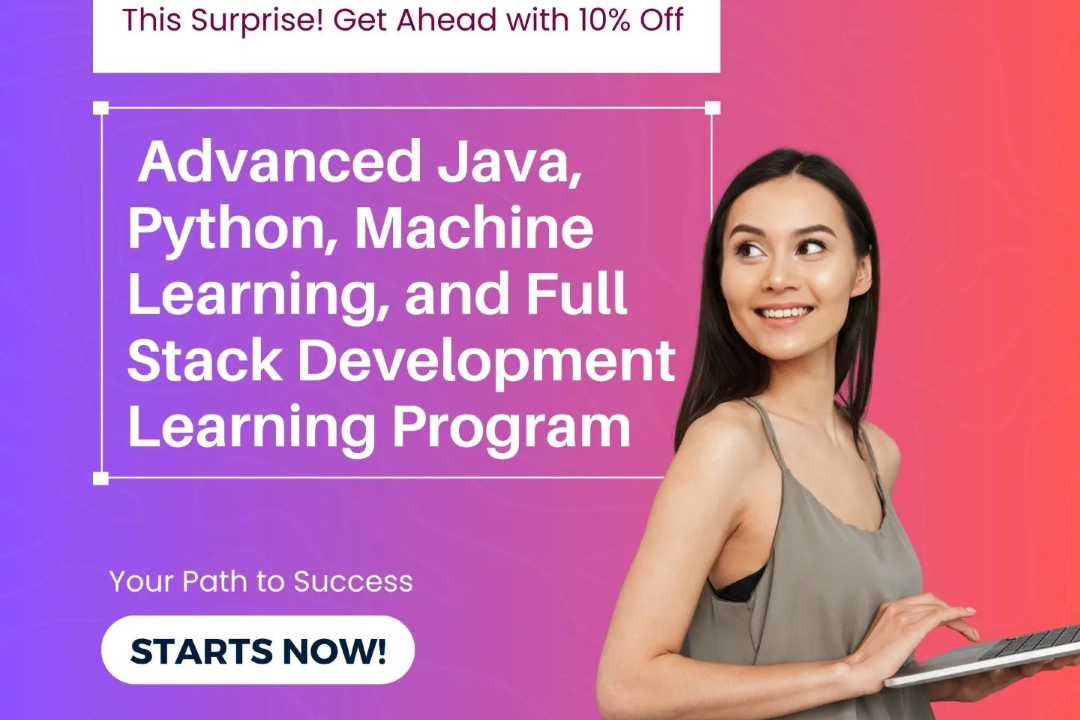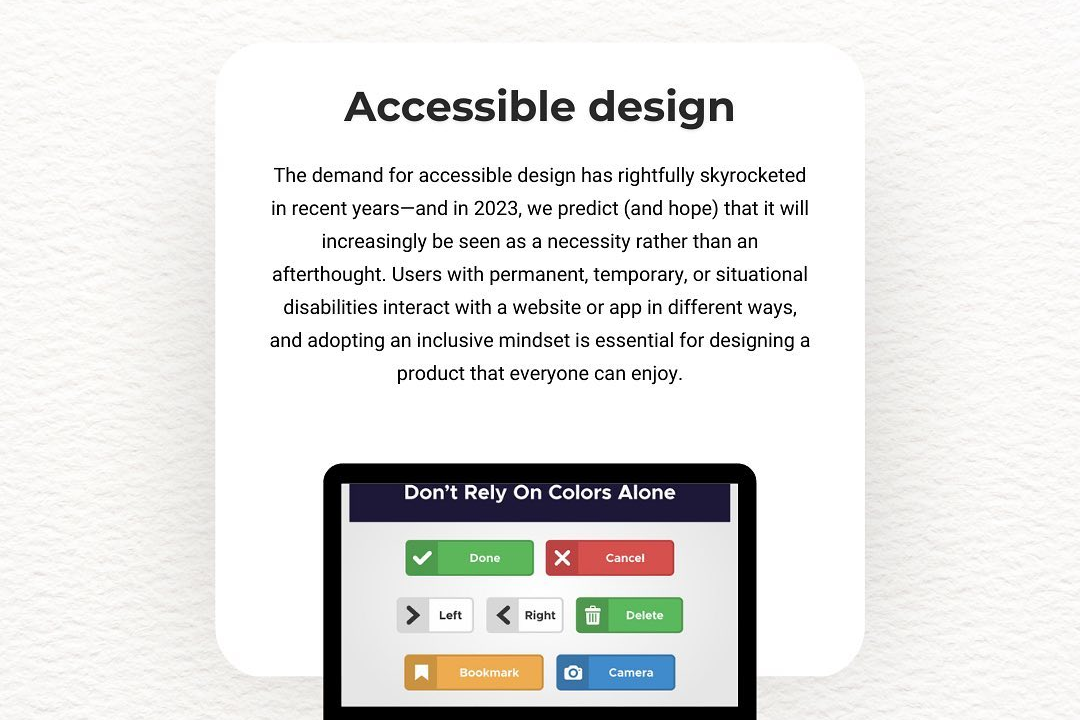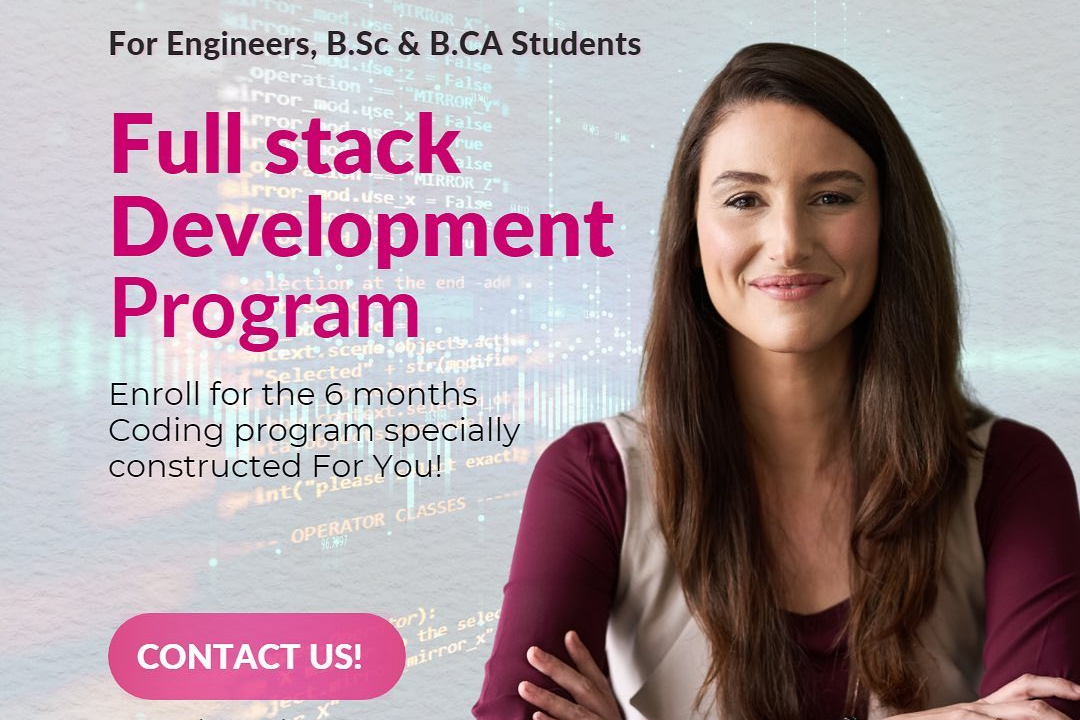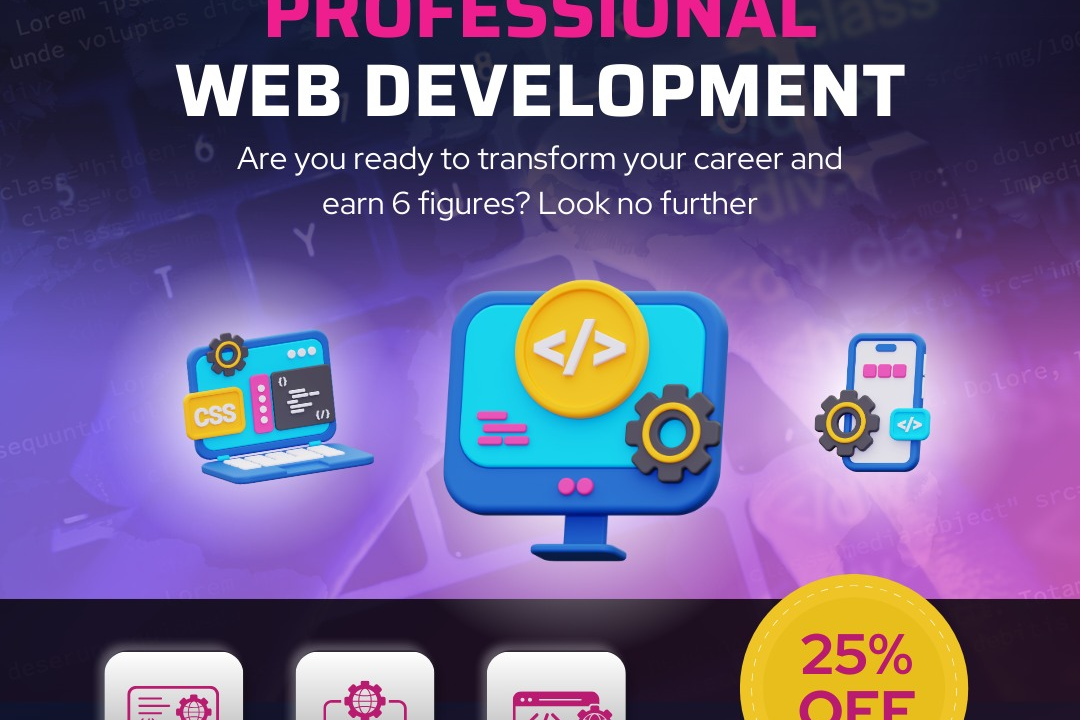React Js Interview Question In Es6
React Interview Question in ES6 Syntax
React Js Interview Question In Es6
ES6 (ECMAScript 2015) is a significant update to JavaScript that introduces several new features and enhancements. In the context of React JS interviews, understanding ES6 is crucial because it allows developers to write more concise, efficient, and maintainable code. ES6 features such as arrow functions, classes, and modules help in reducing boilerplate and improving readability, making it easier for interviewers to assess a candidate's proficiency in modern JavaScript development for React applications.
To Download Our Brochure: https://www.justacademy.co/download-brochure-for-free
Message us for more information: +91 9987184296
1 - Explain the concept of React Hooks:
Hooks allow functional components to access state and other React features without the need for class components.
2) How does the useState() hook work?
The useState() hook returns an array with two elements: the current state value and a function to update the state.
3) What is the difference between props and state in React?
Props are immutable values passed from parent to child components, while state is mutable data that can be updated within a component.
4) What is the purpose of the useEffect() hook?
The useEffect() hook allows components to perform side effects such as setting up subscriptions or updating the DOM.
5) Explain the React lifecycle methods:
React components have lifecycle methods that are called at different stages of their lifecycle, such as componentDidMount() for mounting and componentWillUnmount() for unmounting.
6) What is the Virtual DOM in React?
The Virtual DOM is a lightweight representation of the actual DOM. It is used by React to efficiently update the DOM when the state or props of a component change.
7) Explain the React key property:
The key property is used to identify unique elements in a list. It helps React efficiently track changes and update the DOM accordingly.
8) What is the render() method in React?
The render() method is the core of a React component. It returns a JSX element that describes the UI of the component.
9) Explain the concept of controlled components in React:
Controlled components are form elements whose value is managed by the React state rather than the DOM.
10) What is the difference between a stateless functional component and a class component in React?
Stateless functional components are simpler and easier to write, while class components offer more control and lifecycle methods.
11 - Explain the React Redux library:
Redux is a state management library for React applications. It provides a central store for the application state, which can be accessed and modified from any component.
12) What is the role of the Redux middleware?
Redux middleware allows us to intercept and modify actions, dispatch new actions, and perform asynchronous operations.
13) Explain the concept of pure functions in React:
Pure functions are functions that produce the same output for the same input, without any side effects. Pure functions are crucial for maintaining predictability in React applications.
14) What is the benefit of using React propTypes?
propTypes are a way to validate the data passed to a React component, ensuring that the correct data is used and potential errors are caught early.
15) Explain the context API in React:
The context API allows us to pass data down the component tree without the need for props. It is useful for sharing global data or state between components.
Increase Posting Activity:
- Regularly create high quality, engaging content that provides value to the community.
- * Participate in discussions and respond to other members' posts.
- Network and Collaborate:
- * Join relevant groups and follow active users.
- * Connect with other experts in your field and cross promote content.
- * Reach out to industry influencers and ask for guest posts or interviews.
- Utilize Hashtags and Keywords:
- * Use relevant hashtags to categorize your posts and make them searchable.
- * Include keywords in your titles, descriptions, and content to improve visibility.
- Promote Your Profile:
- * Share your profile URL on social media and other platforms.
- * Promote your content on other websites and forums.
- * Encourage others to follow you and interact with your posts.
- Participate in Contests and Events:
- * Join contests and participate in community events to gain exposure and earn points.
- * Host your own contests or giveaways to attract new members.
- Provide Feedback and Support:
- * Offer constructive feedback on other members' posts.
- * Help new users navigate the community and answer their questions.
- * Be an active and supportive member of the community.
- Engage in Cross Platform Marketing:
- * Promote your profile and content on other social media platforms.
- * Use email marketing to nurture relationships and direct traffic to your community profile.
- Utilize Community Features:
- * Explore community features such as polls, Q&As, and live events.
- * Participate in these activities to increase your visibility and engagement.
- Earn Referral Points:
- * Invite friends and colleagues to join the community using your referral link.
- * Offer incentives or bonuses for successful referrals.
- Additional Tips:
- * Be patient and consistent in your efforts.
- * Set realistic goals and track your progress.
- * Avoid spamming the community or posting low quality content.
- * Respect the community guidelines and maintain a professional demeanor.
- Course Overview
- Master the essential React.js interview questions in ES6 with this comprehensive course. Explore topics such as state management, component lifecycle, performance optimizations, hooks, and more. Enhance your understanding of React fundamentals and demonstrate your ES6 proficiency to excel in your job interviews.
- Course Description
- Master the art of acing React JS interviews with this comprehensive course designed for ES6. Explore essential concepts, data structures, algorithm techniques, and best practices through challenging questions and practical examples. Enhance your technical skills and boost your confidence for successful job opportunities.
- Key Features
- 1 - Comprehensive Tool Coverage: Provides hands-on training with a range of industry-standard testing tools, including Selenium, JIRA, LoadRunner, and TestRail.
- 2) Practical Exercises: Features real-world exercises and case studies to apply tools in various testing scenarios.
- 3) Interactive Learning: Includes interactive sessions with industry experts for personalized feedback and guidance.
- 4) Detailed Tutorials: Offers extensive tutorials and documentation on tool functionalities and best practices.
- 5) Advanced Techniques: Covers both fundamental and advanced techniques for using testing tools effectively.
- 6) Data Visualization: Integrates tools for visualizing test metrics and results, enhancing data interpretation and decision-making.
- 7) Tool Integration: Teaches how to integrate testing tools into the software development lifecycle for streamlined workflows.
- 8) Project-Based Learning: Focuses on project-based learning to build practical skills and create a portfolio of completed tasks.
- 9) Career Support: Provides resources and support for applying learned skills to real-world job scenarios, including resume building and interview preparation.
- 10) Up-to-Date Content: Ensures that course materials reflect the latest industry standards and tool updates.
Benefits of taking our course
Functional Tools
1 - ES6 Interview Questions: This tool provides a comprehensive list of interview questions commonly asked in React JS interviews specifically for candidates with knowledge of ES6. It covers topics such as arrow functions, destructuring, spread operators, and much more.
2) React Interview Questions: This tool includes an extensive set of React specific interview questions, delving into concepts like component lifecycle, state management, and best practices. It helps candidates prepare for questions related to the core principles of React JS.
3) Code Snippets: The online portal offers well documented and commented code snippets for ES6 and React. These code examples illustrate various concepts and provide a practical understanding of how to use them in real world applications.
4) Interactive Quizzes: To assess their understanding, students can utilize the interactive quizzes available on the platform. These quizzes cover essential topics in ES6 and React, allowing students to test their knowledge and identify areas for improvement.
5) Online Compiler: The integrated online compiler enables students to write and execute code directly within the platform. This feature provides a convenient environment for practicing ES6 and React concepts and receiving immediate feedback on their code.
6) Real world Projects: To bridge the gap between theory and practical implementation, the program offers real world projects that challenge students to apply their ES6 and React skills in a realistic context. These projects foster hands on experience and demonstrate the application of concepts in a tangible manner.
7) Discussion Forums: The online platform facilitates a collaborative learning experience through discussion forums. Students can post questions, share knowledge, and engage with peers and instructors to enhance their understanding of ES6 and React concepts.
undefined
Browse our course links : https://www.justacademy.co/all-courses
To Join our FREE DEMO Session:
This information is sourced from JustAcademy
Contact Info:
Roshan Chaturvedi
Message us on Whatsapp:
Email id: info@justacademy.co
React Js Interview Questions For 4 Years











